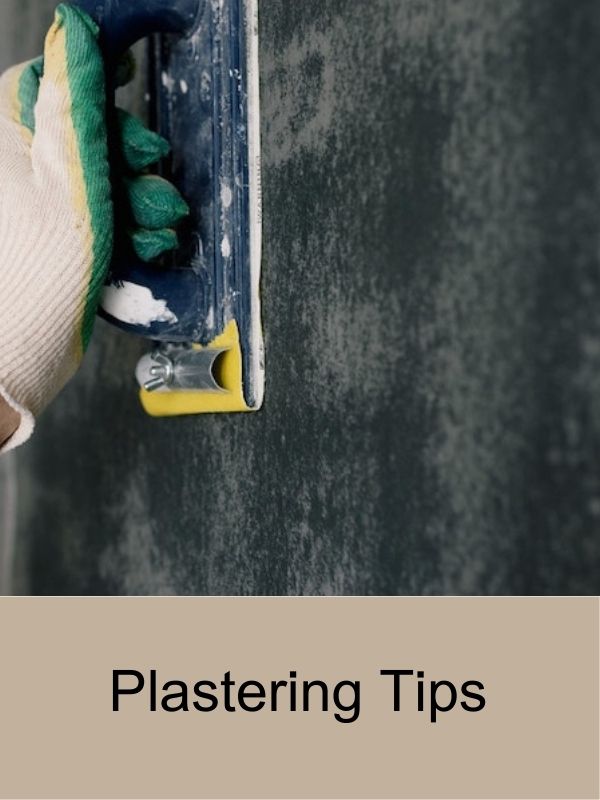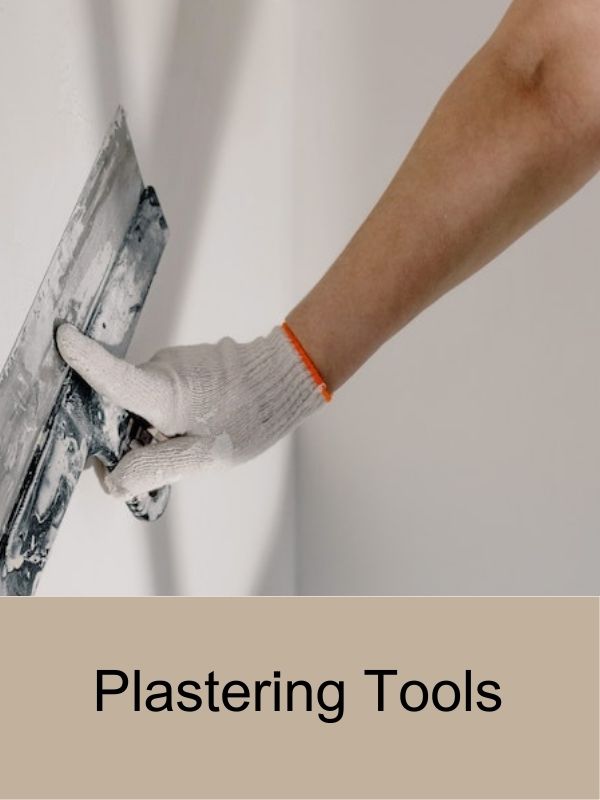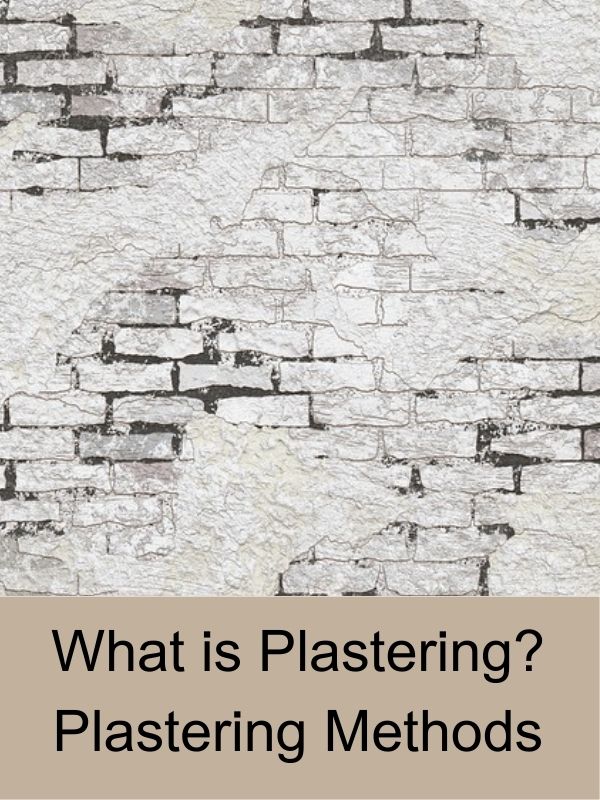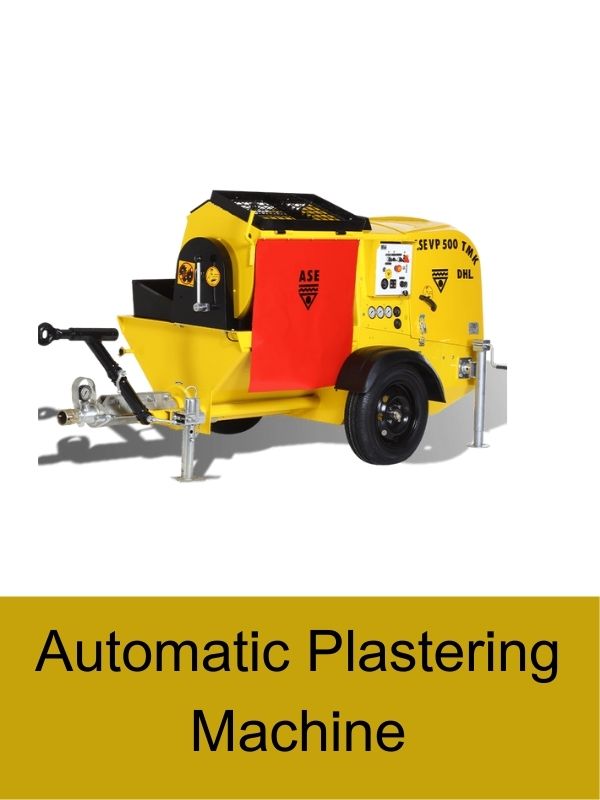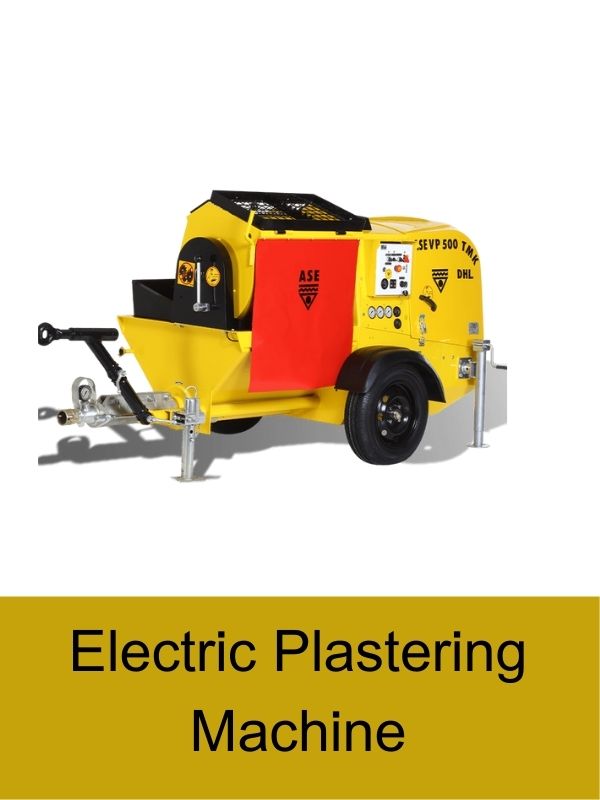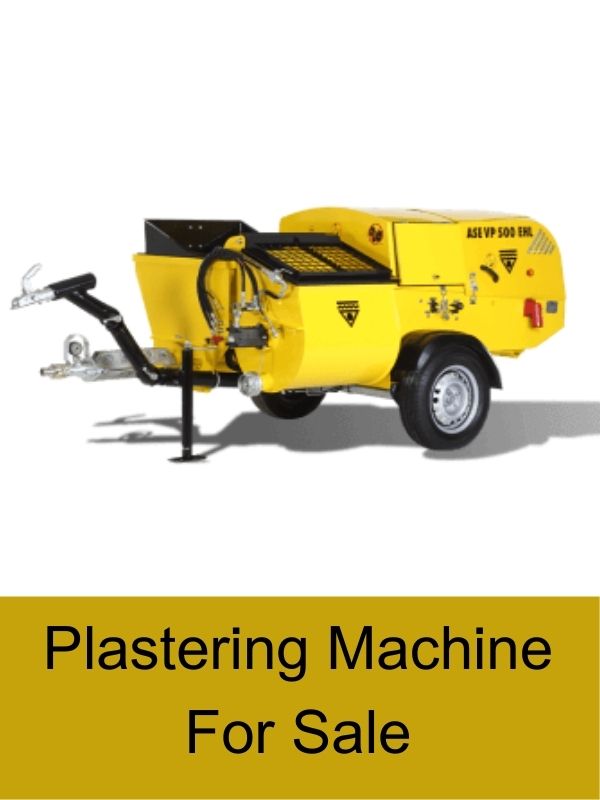Plastering is an essential part of construction and renovation projects, but it can be a time-consuming and labor-intensive task when done manually. This is where plastering machines come into play. These innovative devices have revolutionized the plastering industry by automating the process and significantly reducing the time and effort required to achieve a smooth and even finish. In this article, we will explore the inner workings of plastering machines, their components, and how they function to simplify the plastering process. So, let’s dive in and discover how a plastering machine works!
How does a Plastering Machine Work?
Plastering machines, also known as rendering machines or automatic plastering machines, are designed to apply plaster or mortar onto surfaces quickly and efficiently. These machines utilize a combination of mechanical and pneumatic systems to perform their tasks. To understand the working mechanism of a plastering machine, let’s break it down into several key components and processes.
1. Hopper
The hopper is a container located at the top of the plastering machine, where the plaster or mortar mixture is loaded. It can hold a considerable amount of material, allowing for continuous operation without frequent refills. The hopper typically has a cover to prevent spillage and ensure a clean working environment.
2. Mixing System
Once the plaster or mortar mixture is loaded into the hopper, it needs to be properly mixed before application. Plastering machines are equipped with a mixing system that ensures the consistency and uniformity of the material. This system usually consists of rotating paddles or blades that agitate the mixture, breaking up any clumps and creating a smooth, workable paste.
3. Conveying System
After the plaster or mortar mixture is thoroughly mixed, it needs to be transported from the hopper to the application nozzle. The conveying system of a plastering machine plays a crucial role in this process. It typically employs a combination of conveyors, augers, or pumps to move the material forward. These components work together to maintain a consistent flow of plaster or mortar, ensuring a continuous and uninterrupted application.
4. Spraying Nozzle
The spraying nozzle is the business end of a plastering machine. It is responsible for ejecting the plaster or mortar mixture onto the desired surface. The nozzle is designed to provide a controlled and uniform spray pattern, ensuring an even distribution of the material. The size and shape of the nozzle can be adjusted to achieve different coverage areas and textures, depending on the specific requirements of the project.
5. Control Panel
Plastering machines are equipped with a control panel that allows the operator to adjust various settings and parameters. The control panel typically features dials, switches, and digital displays to regulate factors such as material flow rate, spraying pressure, and nozzle configuration. This enables the operator to fine-tune the machine’s performance and adapt it to different plastering tasks.
6. Power Source
Plastering machines require a power source to drive their mechanical and pneumatic systems. Most modern plastering machines are electrically powered, utilizing motors and pumps to provide the necessary force for mixing and spraying. Some larger machines may also have a built-in compressor to generate the required air pressure for the spraying process.

Conclusion
Plastering machines have revolutionized the construction industry by streamlining and automating the plastering process. By understanding the inner workings of these machines, we can appreciate the time and effort they save while consistently delivering high-quality results. From the hopper to the spraying nozzle, each component plays a crucial role in the efficient operation of a plastering machine. Whether it’s a large-scale construction project or a small renovation task, plastering machines offer a faster, more reliable, and more productive approach to achieving smooth and even plaster finishes.
Remember, the next time you embark on a plastering project, consider the convenience and efficiency that a plastering machine can bring to your work. With their reliable performance and time-saving capabilities, they are undoubtedly a valuable asset for any construction professional.
Frequently Asked Questions
How long does it take to learn how to operate a plastering machine?
Learning to operate a plastering machine effectively depends on various factors, including prior experience, the complexity of the machine, and the individual’s aptitude for machinery. However, with proper training and practice, one can become proficient in operating a plastering machine within a few weeks.
Are plastering machines suitable for all types of plaster or mortar?
Plastering machines are designed to handle a wide range of plaster and mortar mixtures. However, it is essential to choose the right machine for the specific type of material being used. Some machines are more suitable for fine plaster finishes, while others excel in handling thicker mortar mixes. Consulting the manufacturer’s guidelines and recommendations can help determine the appropriate machine for a particular application.
Can plastering machines be rented or are they only available for purchase?
Plastering machines are available for both rental and purchase, depending on the specific requirements of the project. Rental options can be a cost-effective solution for one-off or short-term projects, while purchasing a machine may be more beneficial for contractors or construction companies that frequently engage in plastering work.




